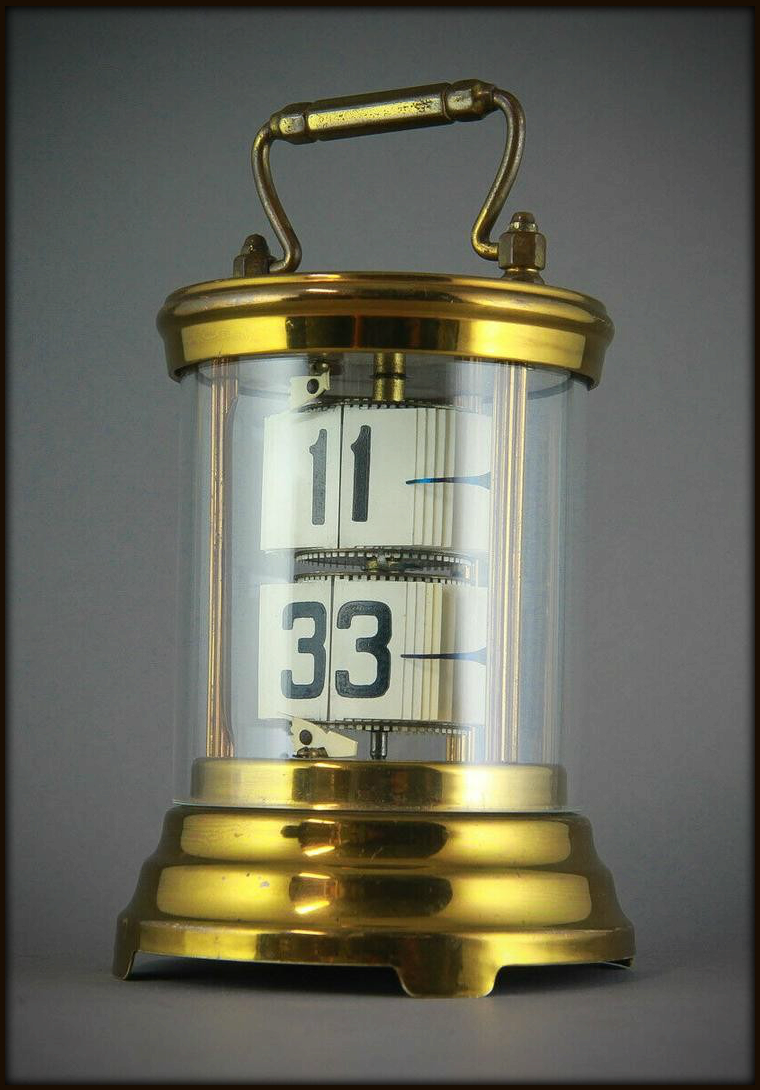
In 1964, when Andy Warhol’s Brillo Boxes debuted at the Stable Gallery in New York, collectors and critics were perplexed, and maybe a little annoyed. Bellows, Anne in White, 1920, Carnegie Museum of Art, Patrons Art Fund “He gave back to her a portrait of a lanky 9-year-old made beautiful with skilled hands and the eyes of love.” Bellows, who was born and raised in Columbus, Ohio, was regarded by many as one of America’s greatest artists when he died at age 42 from a ruptured appendix. “In later years, when she showed me and talked about the blue silk sash, it was easy to see that the sight of it took her to a happy time and place when she had the undivided attention of the father she adored,” wrote Kearney in a letter to the museum. Clair and would visit the museum to spend time with the portrait, which was her favorite. For the last 14 years of her life, Anne lived in Upper St. Kearney, donated to Carnegie Museum of Art the blue silk sash her mother wore in the 1920 portrait Anne in White, one of six works by Bellows in the museum’s collection. In February 2020, Anne’s daughter, Marianne S.

Real or not, Maria remains one of the most powerful female images in film history.īest known for his depictions of the bustling urban landscape and boxing matches in the backrooms of bars in New York City, realist painter George Bellows also made masterful likenesses of his wife, Emma Story, and their two daughters, Anne and Jean. The replicas on display are a tribute to the fictional machines that helped spark the visions of those who created the real robots that followed. In 2009, Carnegie Science Center’s roboworld provided the first physical home for the world’s most famous imagined robots-Carnegie Mellon’s star-studded Robot Hall of Fame. And, for much of the 20th century, this depiction of robots, however lifelike the rendering, was the norm. In this futuristic deliberation on the relationship between labor and management, Lang’s Maria looks like a human but lacks any sense of humanity. In Fritz Lang’s 1927 silent German film Metropolis, an industrial magnate bestows upon a tin-plated “man-machine” the face of a real woman named Maria who had stolen the affections of most of the workers in the fictional, turn-of-the-19th-century city. And, so it remains in the hearts and minds of local residents. In his 1988 book The Mysteries of Pittsburgh, the Pulitzer Prize-winning author dubbed the plant the Cloud Factory. However, the white, fluffy clouds billowing from its tall smokestack-the result of hot water vapor coming into contact with colder air-captured the imagination of then-University of Pittsburgh student Michael Chabon.

Nestled in the valley below Schenley Park Bridge, the building itself is easy to miss. Originally fueled by coal, the plant now runs exclusively on natural gas and is owned and operated by a consortium of eight neighboring Oakland institutions, including universities, hospitals, and Carnegie Museums.


The three-story, Oakland-based facility was built in 1907 to power and heat the expanding Carnegie Museums and Library. In reality, the Bellefield Boiler Plant is not in the business of producing clouds. Nearly 45 years after his death, a Giacometti Walking Man statue-one cast from the same lot as the Carnegie’s-was sold to an anonymous bidder for a staggering $104.3 million.
#FLIPCLOCK HISTORY SERIES#
Although the Swiss-born artist’s practice included paintings and printmaking, it was his iconic series of sculptures that moved him to the forefront of 20th-century art. Standing six feet tall and looking alarmingly thin, his forward-leaning posture suggests he has somewhere to go and must keep moving forward. Since joining Carnegie Museum of Art’s collection as a prize winner in the 1961 Carnegie International, Alberto Giacometti’s bronze Walking Man I has, figuratively speaking, been in constant motion.


 0 kommentar(er)
0 kommentar(er)
